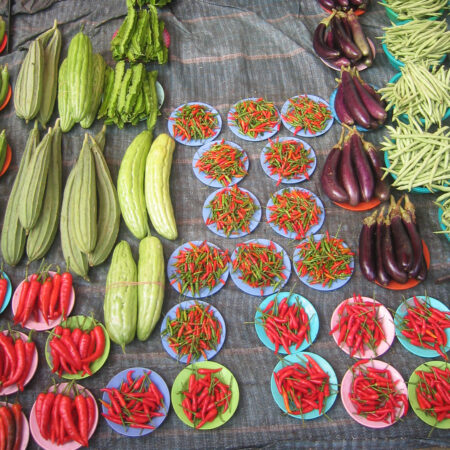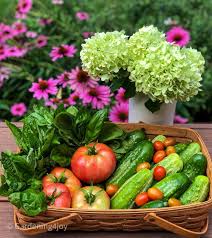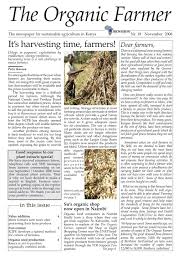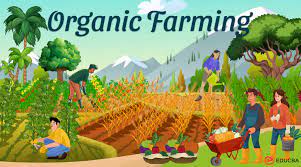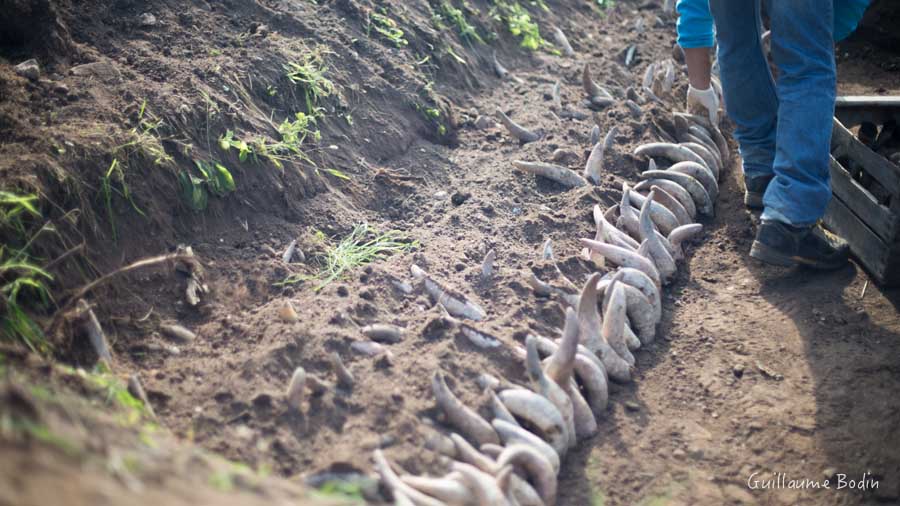
Biodynamic farming is a holistic and sustainable approach to agriculture that goes beyond organic practices. It places a strong emphasis on soil health, crop vitality, and the interconnectedness of ecosystems. In this comprehensive guide, we’ll delve into the principles of biodynamic farming, its benefits, and include a case study to illustrate its effectiveness.
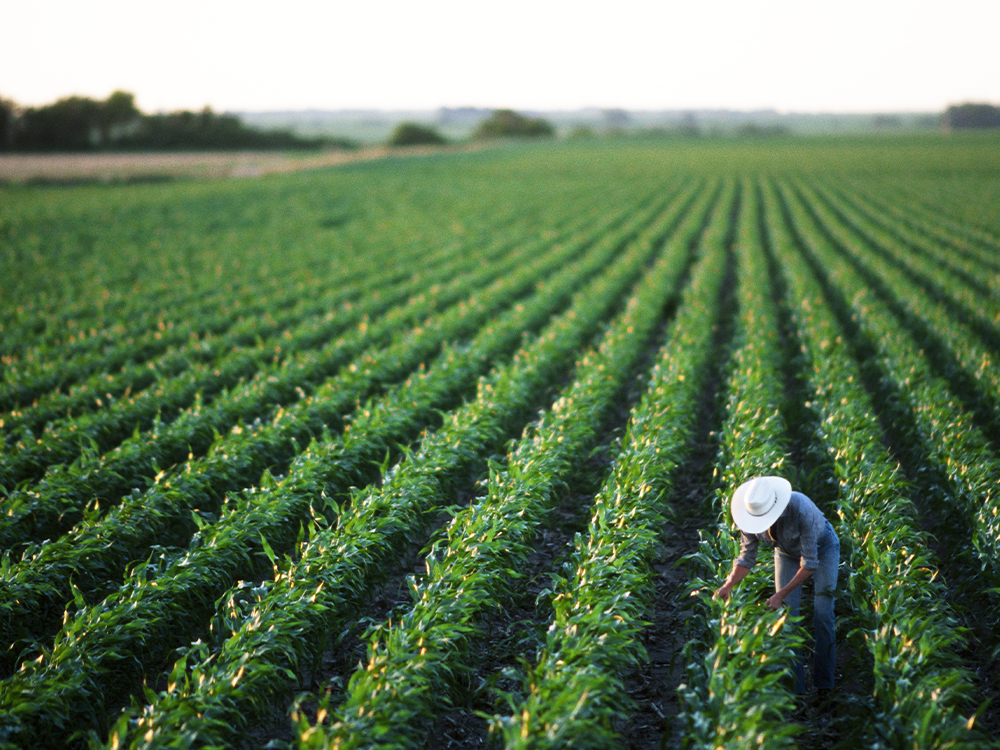
Understanding Biodynamic Farming
Biodynamic farming is rooted in the principles outlined by Austrian philosopher and scientist Rudolf Steiner in the early 20th century. It’s often seen as a spiritual and ecological approach to farming. At its core, biodynamic farming recognizes the farm as a living organism, with each element interconnected. Some key aspects of biodynamic farming include:
- Compost and Soil Health: Biodynamic farms emphasize the importance of high-quality compost and healthy, living soil. Compost is enriched with biodynamic preparations, which are specific herbal and mineral mixtures.
- Crop Diversity: Crop rotation and the integration of diverse plant species enhance soil fertility and reduce the risk of pests and diseases.
- Cosmic and Lunar Influences: Biodynamic practices consider cosmic and lunar rhythms in planting and harvesting, believing that these celestial influences affect plant growth.
- Biodiversity: Maintaining biodiversity on the farm, including hedges, flowering plants, and forests, creates a balanced ecosystem that supports beneficial insects and wildlife.
Benefits of Biodynamic Farming
- Enhanced Soil Quality: Biodynamic practices focus on building rich, fertile soil. Healthy soil leads to healthier crops, and in turn, healthier ecosystems.
- Sustainable Pest and Disease Management: By encouraging biodiversity and using biodynamic preparations, the need for chemical pesticides and herbicides is reduced.
- Nutrient-Dense Crops: The emphasis on soil health results in crops that are more nutrient-dense and flavorful.
- Ecosystem Support: Biodynamic farms often provide a habitat for a variety of wildlife, contributing to overall ecosystem health.
- Resilience: Biodynamic farms tend to be more resilient in the face of environmental challenges such as drought or extreme weather events.
Case Study: The Biodynamic Transformation
Let’s take a look at a case study that illustrates the transformation of a conventional farm to a biodynamic one.
Before Biodynamic Conversion:
- A conventional farm heavily reliant on synthetic fertilizers and pesticides.
- Soil health was deteriorating due to chemical inputs.
- Frequent pest problems required ongoing chemical treatments.
- Low biodiversity with monoculture cropping.
Biodynamic Transformation:
- Transitioned to biodynamic practices over a period of several years.
- Compost production and soil health became central to the operation.
- Implemented crop rotation and integrated cover crops.
- Enhanced biodiversity with the addition of hedgerows, flowering plants, and the creation of wildlife habitats.
Results:
- Soil health improved significantly, leading to better crop yields.
- Pest and disease problems decreased as biodiversity increased.
- The farm began producing nutrient-dense, high-quality crops.
- A positive impact on the surrounding ecosystem, including increased bird and insect populations.
Comparing Biodynamic Farming with Conventional and Organic Farming
- Soil Health: Biodynamic farming places the greatest emphasis on soil health, followed by organic farming, and then conventional farming.
- Pest and Disease Management: Biodynamic farming relies on biodiversity and biodynamic preparations, while organic farming uses organic-approved inputs, and conventional farming primarily uses synthetic chemicals.
- Chemical Use: Conventional farming relies heavily on synthetic chemicals, organic farming uses approved organic inputs, and biodynamic farming minimizes external inputs.
- Biodiversity: Biodynamic farming encourages the highest levels of biodiversity, followed by organic farming, while conventional farming often has the lowest biodiversity.
Conclusion
Biodynamic farming is a holistic and sustainable approach to agriculture that prioritizes soil health, crop vitality, and ecosystem well-being. It goes beyond both conventional and organic farming practices by focusing on interconnectedness and the cosmic influences on farming. Through the case study and comparisons provided, it’s evident that biodynamic farming offers numerous benefits for those looking to farm in harmony with nature while producing high-quality, nutrient-dense crops. As we continue to explore innovative and sustainable farming methods, biodynamic farming remains a compelling and ecologically sound choice.



